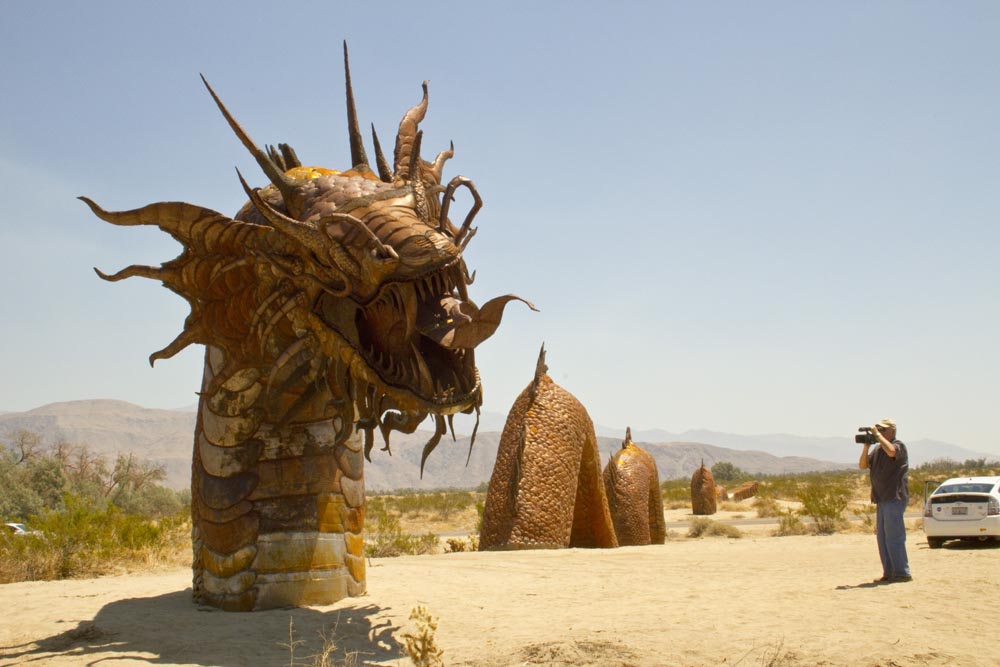I know from being such a fan of baseball and the game’s statistics that numerical outliers sometimes occur without reason. The worst position player in the game can have the best month of hitting in the league. Fans wonder: Has this player who had no track record of success somehow bloomed late? Is he using performance-enhancing drugs? But often it’s just an unlikely outcome, an aberration that disappears as mysteriously as it arrives. The player returns to his former poor results, maybe he’s soon back in the minors or even out of the sport.
When it comes to something more important than baseball, matters of life and death, it’s difficult to dismiss odd results. Sometimes a cancer cluster is just that: a statistical oddity. Sometimes it’s not the water or the air but merely chance. But it’s hard to ever feel relieved about such a thing, to make the nagging go away. From an odd 1981 New York Times article about Perris, California (which doesn’t even merit a mention today in the town’s Wikipedia page), an account describing a statistical outlier or the result of negligence or even something far more sinister:
“Perris, Calif., May 21— ”It’s a mystery, all right. But other than going slower past the cemetery when they were doing the exhumations, I haven’t noticed things are too much different, day to day,” said Penny Brechtel, executive secretary of the Perris Valley Chamber of Commerce.
She paused a moment, then had another thought: ‘Well, one thing’s for sure: Now Perris is on the map.’ This desert town south of Los Angeles has been on the map since 25 elderly men and women died mysteriously, most of them between 1 A.M. and 4 A.M., in the intensive care unit of the financially troubled Community Hospital of the Valleys. The number of deaths, all from March 8 to April 22, was more than six times greater than the hospital previously averaged for such a period.
‘Nobody likes this kind of notoriety,’ said Jim Adams, an insurance man who is on the City Council. ‘It makes us look like a bunch of ninnies, with nobody paying attention to what was going on at the hospital. Now, we just have to let it run its course, there’s nothing we can do.'”

